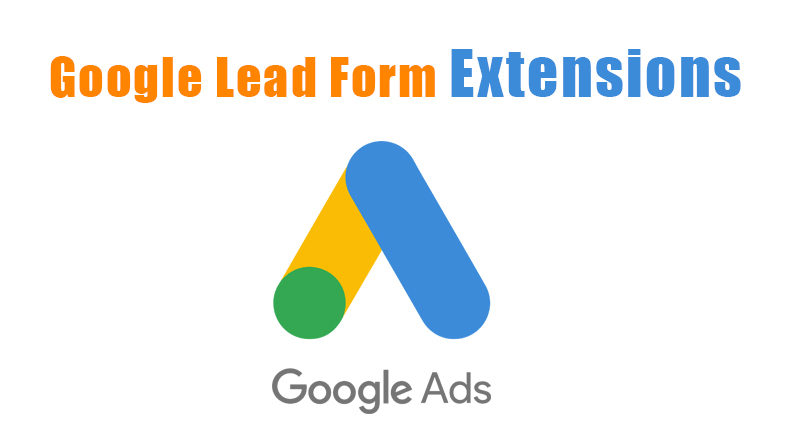All You Need to Know About Google Lead Form Extensions
After testing it out for some time, Google finally announced back in October that they are releasing ad extensions that can capture leads. The feature would come with a call-to-action button that will lead users to a form which Google can fill automatically using the data that the user has synced on their Google accounts. Termed as “Lead Form Extensions”, this feature is intended to capitalise customer’s interest in your company or products when they look up your brand on Google. The feature enables the user experience to be quick and mobile-optimized, thus eliminating any extra work to be directed to the lead form on your mobile website and making submission easier.
Google Lead Form Ad Extension is especially significant given the acknowledged fact that advertising on mobile devices are a lot harder thanks to the smaller screen space, weaker connection and a more impatient consumer. All of these factors contribute towards the reality that the conversion rates on mobile devices are much lower than that on desktops.
How do I create a Google Lead Form Ad Extension?
Setting up a lead form extension on Google is a cakewalk if you follow the mentioned steps correctly.
- Firstly, go to Google Ads and click on the “ads and extensions” option. There should be a tab labelled as “extensions” at the top bar and when you click it, Lead Form Extension would pop up as one of the options that you will select next.
- Next comes the designing of your lead form extension and deciding how you want it to appear with your ads. The two inevitable and most crucial elements of this are selecting a call-to-action and customising a short message that will pop up along with your lead form extension. The call-to-action can be of a variety of categories like “download”, “apply now”, “subscribe”, “sign up”, “get offer” etc. On the other hand, the additional text would have to consist of 30 characters and make a compelling argument in order to endorse clicking the call-to-action button.
- When the users click on your lead form extension, they would land on your actual lead form and the next step is to design that. You can customised the type of information you would require from your customers on this form. The top of the form contains the business name (30 characters), followed by a headline that will serve as a booster of the call-to-action (30 characters) and finally comes the body of the content on the form that should not only explain in details what your business is offering but also add values for the searchers.
- The next step is curating the submission page, where users will be redirected to after submitting the form. This page also consists of two elements usually-a brief description of what they can expect next along with a message of gratitude and a call-to-action, even though the latter is optional.
- Once you are done collecting the information from your customers through your lead form, it is important that you follow up the new leadsimmediately for a greater conversion. You can reach out to your potential new customer through two different ways that Google provides for- you can either download your leads as CSV or integrate a webhook to the Google lead form extension.
Even though this new feature adds to the functionality of conversions though Google, it also comes with its own group of setbacks. Lead form extensions are visible only on search campaigns, are functional only on mobile or tablet devices. The lead form extensions are limited to the campaign level and cannot be used to setup lead form extensions at an account level. Lead form extensions are also not well suited for more sensitive industries, like healthcare, and will not allow them to collect personal information of users through them. And finally, how you put that information collected through the lead forms into work matters as well. Your usage has to abide by the privacy policy of your own company, the data collection policies of Google and the local legal requirements of the users.
However, regardless of its limitations, Google lead form extensions can be proven extremely helpful in increasing mobile conversion rate, almost by 20% according to one of the advertisers.




